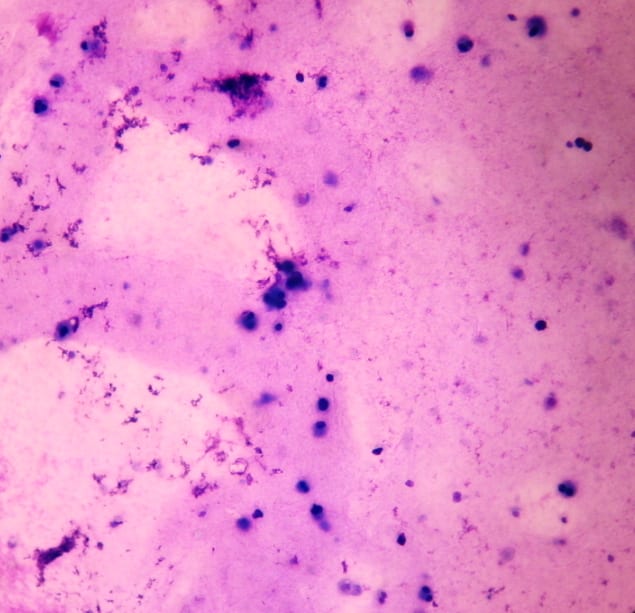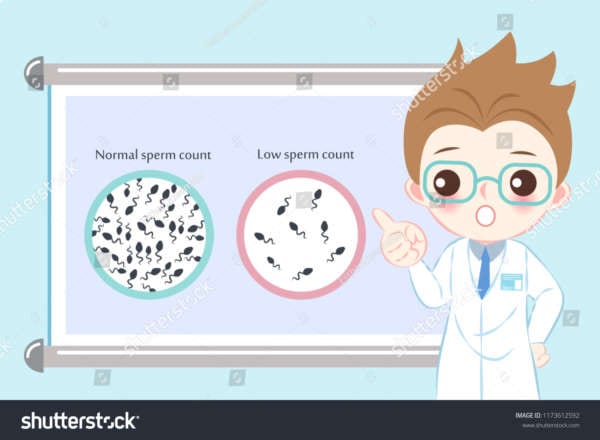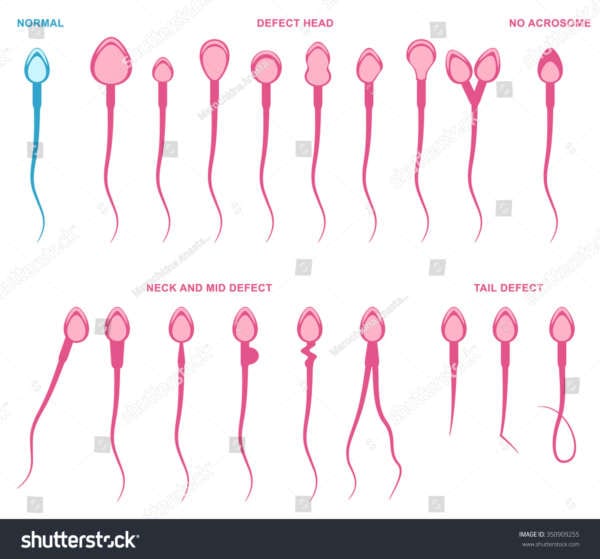Male Subfertility Diseases
Index
Azoospermia
Introduction
Azoospermia is a condition that occurs when there is no sperm in the semen.
Causes

- The rarest case is that even though you have healthy testicles, they are unable to produce semen due to low hormone levels.
- Testical damage due to
- Epididymitis
- Urethritis
- Viral orchitis
- Groin injury
- Radiation
- Genetic disorders like Klinefelter syndrome.
- A blockage between the penis and testicles obstructing the sperm delivery caused by either a vasectomy or retrograde ejaculation. This is the most common reason for Azoospermia.
Symptoms
- Erection or ejaculation issues, low sex drive (libido), or other problems
- Pain, discomfort, a lump or swelling in the testicle area
- Low level of facial or body hair
Aspermia
Introduction
Aspermia is a condition that happens when there is no semen (Seminal fluid) in the ejaculation.
Causes
Retrograde ejaculation is one of the main cause of Aspermia where semen is redirected to the bladder instead of the urethra (The tube that carries urine and ejaculation). Other causes may be
- Alpha Blockers
- Excessive drug use
- Ejaculatory duct obstruction
- Androgen deficiency
Symptoms
In contrast to Azoospermia, Aspermia can be identified by the lack of semen when ejaculating (Anejaculation). Other signs are as follows.
- Hazy urine after intercourse
- Blood in semen (if it is present) or in the urine
- Pain in the scrotum (a pouch of skin containing the testicles), urinary pain, genital pain
Teratozoospermia
Introduction
Teratozoospermia is a condition when sperms have abnormal forms and structures (Morphology). Awing to this abnormality, properly penetrating a fertile egg is difficult and therefore it causes subfertility.
Causes
Exact reasons for this disorder is unknown. However, the following are considered viable causes.
- Hodgkin’s disease
- Coeliac disease
- Crohn’s disease may contribute in some instances.
- Lifestyle and habits (smoking, toxin exposure, etc.)
- Varicocele
Symptoms
This disorder cannot be identified on the outset but a proper analysis of semen samples. Persons with subfertility must consult a reputed ayurvedic physician for further evaluations.
Asthenozoospermia
Introduction
Sperms should be able to move independently (Motility) to be able to successfully penetrate a fertile egg. Asthenozoospermia is a condition used to classify sperms with no motility. Sperms with no or limited motility directly affect fertility.
Causes
The exact cause for Asthenozoospermia cannot be ascertained. Probable causes are as follows.
- Genetic diseases affecting metabolic deficiencies
- Necrospermia
- Smoking
- Varicocele
- Disorder in the male accessory sex gland secretion
Symptoms
This disorder cannot be identified on the outset but a proper analysis of semen samples. Persons with subfertility must consult a reputed ayurvedic physician for further evaluations.
Hyperspermia
Introduction
Men with hyperspermia produce larger semen volume than the average. This condition is defined as having a semen volume of 6.0 to 6.5 ml. (reference). Although men with this condition have higher libido (sex drive), it could affect their fertility.
Causes
Hyperspermia is a rare condition and therefore there are not enough researches conducted to deduce an exact cause. Following, however, are considered probable cause.
- Certain drugs can decrease the sperm count in the semen.
- Pills to increase sexual performance can also increase semen volume
- Inflammations caused by infections in the prostate
- Consuming steroids
Symptoms
You don’t need to be alarmed because of higher semen volume. As long as your ejaculation contains a decent sperm count it doesn’t affect fertility. Following are general signs of this condition which must further be evaluated by a doctor.
- Pain during ejaculation
- Pain in the genital area
- Unusual sperm colours
- Fatigue or dizziness
- Breathing difficulty after ejaculation
Hypospermia
Introduction
Hypospermia is the opposite condition of Hyperspermia where affected men produce a low volume of semen (< 1.5ml) than an average amount. This combined with low sperm count (oligospermia) contributes to subfertility.
Causes
Lifestyle and pathological issues contribute to hypospermia. Following are the probable causes for this condition.
- Unhealthy lifestyle – consuming excessive alcohol and drugs.
- Age – Semen volume decreases with the age
- Stress and psychological issues
- Traumas or other testicular problems
- Hormonal imbalance
- Retrograde ejaculation
- Ejaculatory duct obstruction (EDO)
- Blockages in a Seminal Vesicle
Symptoms
Low level of semen volume even after a few days of abstinence period is a sign of hypospermia. This condition can be cured with proper treatments.
Oligospermia

Introduction
Oligospermia is a condition characterised by lower sperm count than the average amount. The average sperm count is 15 million sperm per millilitre of semen. At least 60% of those sperms should have proper shape and motility.
It is further categorised into three categories based on the sperm count
- Mild oligospermia – sperm count is 10 to 15 million sperm/ml
- Moderate oligospermia is considered when sperm count is 5 to 10 million sperm/ml.
- Severe oligospermia is diagnosed when sperm counts fall between 0 and 5 million sperm/ml.
Causes
The contributing factors to Oligospermia may include, but not limited to the following.
- Overheating of the testicles (sauna/hot baths)
- Stress
- Excessive smoking and drug use
- Malnutrition and obesity
- Toxins in the environment
- Varicocele
- Sexually transmitted infections (STDs)
- Ejaculation issues such as retrograde ejaculation
- Medications – Beta blockers, antibiotics, and blood pressure medications
- Hormonal imbalance
Symptoms
The main symptom of Oligospermia is the inability to conceive a child. Further tests are needed to diagnose. Although causes such as hormonal imbalance, dilated testicular veins and blockages may show symptoms.
Symptoms might include but not limited to
- Problems with sexual function — Low sex drive (libido) or erectile dysfunction.
- Pain, swelling or a lump in the testicle area
- Decreased facial or body hair or other signs of a hormonal imbalance
Necrospermia
Introduction
Necrospermia is a condition when either all or a high percentage of sperms are dead in a given semen sample. This is different from Asthenozoospermia in which sperms are immobile but not dead.
Causes
As with most male subfertility diseases, the exact causes are unknown due to the scarcity of the condition. The following factors, but not limited to, may contribute.
- Infection in the male reproductive tract
- Prolonged periods of no ejaculation
- Spinal cord injuries
- Testicles issues
- Problems with the epididymis
- Hormonal causes
- Early testicular cancer
- Abnormally high body temperature
- Anti-sperm antibodies
- Varicocele
- Exposure to toxins
- Street drug use
- Advanced age
Symptoms
Both Asthenozoospermia and Necrospermia are potential causes of male subfertility. There are usually no symptoms and signs rather than the inability to conceive. The only way to diagnosis the problem is with a carefully carried out semen test.


